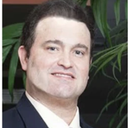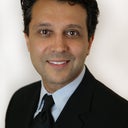Posted underFacelift q&a
How Come a Face Lift is Muscle Repositioning Oposed to Just Pulling the Skin Back?
When you hear about a face lift you hear the doctors say they have to re position the muscles in the face opposed to what seems to be the obvious thing to do and that is to just pull the skin back and sow???
Answers (25)
From board-certified doctors and trusted medical professionals
Dr. Jeffrey Epstein, MD, FACS
Hair Restoration Surgeon, Board Certified in Facial Plastic Surgery
Answer
More Facelift Questions
See all Facelift Q&AWE SEND PRETTY
EMAILS
What’s trending? Who’s turning heads? Which TikTok myths need busting? We’ve got you. No fluff, no gatekeeping—just real talk. Get our free, unfiltered newsletter.








